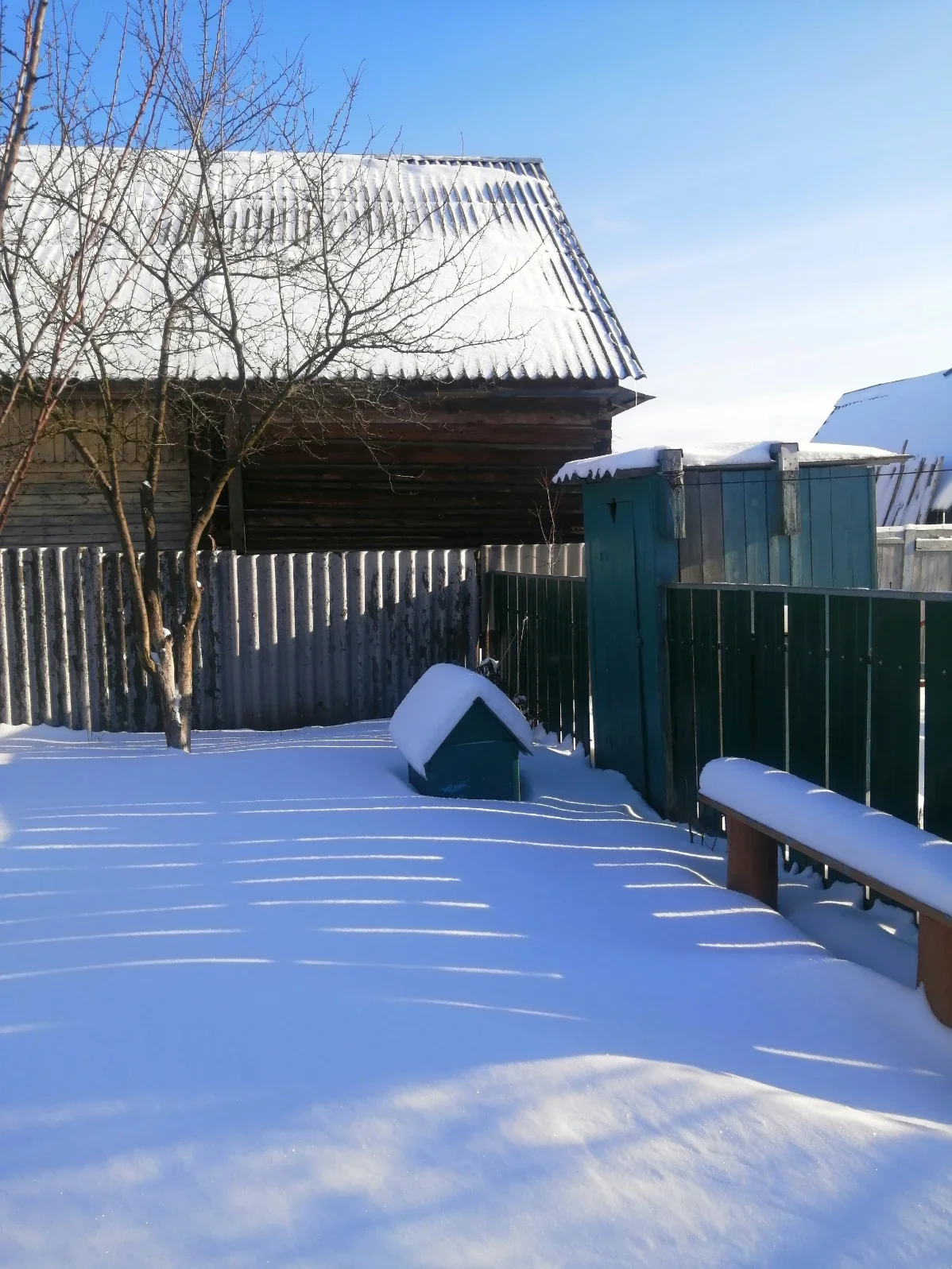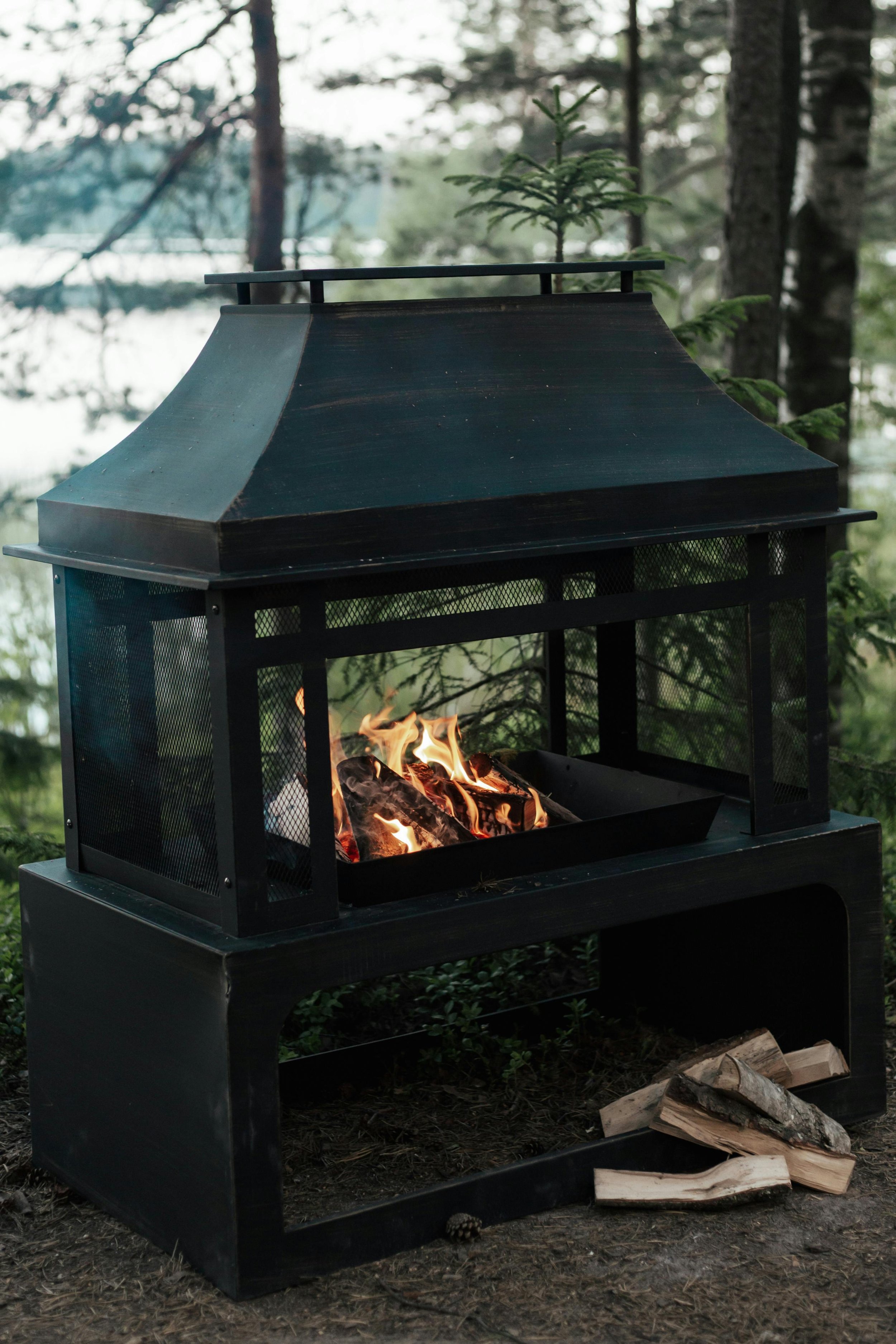Learn When to Fertilize Lawn for Best Results
Wondering when to fertilize your lawn? Discover the best times and tips in this guide. Learn When to Fertilize Lawn for Best Results and achieve a lush, green yard all year round.
There’s nothing quite like the sight of a lush, green lawn. It’s the pride of any homeowner and the envy of the neighborhood. But, let’s face it, getting that perfect stretch of green grass isn’t always a walk in the park. One of the key secrets to a thriving lawn lies in knowing exactly when to fertilize. Fertilize too early, and you might miss the mark. Wait too long, and your grass could struggle to catch up. So, how do you hit that sweet spot?
In this article, we’ll dive into the nitty-gritty of lawn care and Learn When to Fertilize Lawn for Best Results. Whether you’re a seasoned gardener or just starting out, these tips will help you get the most out of your fertilizer and keep your lawn looking vibrant year-round.
Learn When to Fertilize Lawn for Best Results
1. Understanding Your Grass Type
Before you start spreading fertilizer, it’s crucial to know what kind of grass you’re dealing with. Different types of grass have different needs, and timing your fertilizer applications correctly depends on this.
Cool-Season Grasses
Cool-season grasses, such as Kentucky bluegrass, fescue, and ryegrass, thrive in the cooler temperatures of spring and fall. They grow most vigorously during these seasons, which means they need more nutrients to sustain their lush green color.
Best Time to Fertilize: The best time to fertilize your lawn is in early spring and fall, when temperatures are cooler, and the grass is actively growing, ensuring optimal nutrient absorption and promoting a healthy, lush lawn throughout the year.
Frequency: Fertilize your lawn twice a year, with one application in early spring and another in the fall. This schedule provides essential nutrients during key growth periods, helping to maintain a healthy, vibrant lawn throughout the seasons.
Warm-Season Grasses
Warm-season grasses, like Bermuda, zoysia, and St. Augustine, love the heat and flourish during the warmer months of late spring and summer.
Best Time to Fertilize: The best time to fertilize warm-season grasses is from late spring through summer, when these grasses reach their peak growth. This timing ensures they receive the nutrients needed to thrive and maintain a healthy, lush appearance.
Frequency: Fertilize your lawn two to three times during the growing season, beginning in late spring. This schedule ensures that your grass receives consistent nutrients, promoting robust growth and maintaining a healthy, vibrant lawn throughout the warmer months.
2. The Importance of Soil Testing
You might be eager to start fertilizing, but hold your horses! Before you even think about applying fertilizer, it’s wise to conduct a soil test. This will give you a clear picture of your soil’s nutrient levels and pH, helping you choose the right fertilizer and avoid over- or under-fertilizing.
Why Soil Testing Matters
Nutrient Levels: A soil test reveals the nutrient levels in your lawn, indicating which nutrients are abundant and which are lacking. This information guides you in selecting the right type and amount of fertilizer, ensuring optimal lawn health and growth.
Soil pH: The pH level of your soil affects nutrient availability. If your soil is too acidic or too alkaline, your grass might not be able to absorb the nutrients it needs, no matter how much fertilizer you apply.
How to Test Your Soil
Purchase a Soil Test Kit: Purchase a soil test kit from your local garden center or online to easily assess your lawn's nutrient levels and pH. This helps you make informed decisions about fertilization, ensuring your grass receives the right nutrients for optimal growth.
Collect Samples: Collect soil samples by digging a few small holes, approximately 4-6 inches deep, in various areas of your lawn. Combine the soil from each hole into a single sample, ensuring it represents the overall soil conditions in your yard.
Send It In: Send in your soil sample by following the instructions provided with your test kit. You can either mail it to a lab for detailed analysis or use a DIY kit for immediate results, helping you quickly determine your lawn's nutrient needs.
Review the Results: Review the results from your soil test to tailor your fertilizing schedule and select the most appropriate fertilizer for your lawn. This ensures your grass receives the specific nutrients it needs, promoting healthier, more vibrant growth throughout the season.
3. Timing Is Everything: When to Fertilize
Now that you know your grass type and have tested your soil, it’s time to talk timing. Fertilizing at the right time ensures your grass can absorb nutrients efficiently and grow strong.
Early Spring Fertilization
For cool-season grasses, early spring is when they wake up from winter dormancy and start growing rapidly. A light application of fertilizer helps kickstart this growth.
Timing: Apply fertilizer in early spring when your grass starts to green up, but before it begins vigorous growth. This timing ensures the grass receives essential nutrients just as it emerges from dormancy, promoting healthy, robust growth throughout the season.
Why It Works: Early spring fertilization works because it delivers essential nutrients that support strong root development, giving your grass a solid foundation. This timing sets the stage for a healthy growing season, ensuring your lawn thrives as the weather warms.
Late Spring/Early Summer Fertilization
As temperatures rise, warm-season grasses begin to flourish. This is the ideal time to give them a nutrient boost.
Timing: Apply fertilizer in late spring, after the last frost, when the soil has warmed up. This timing ensures that your grass can efficiently absorb nutrients, promoting strong growth and helping your lawn thrive during the peak growing season.
Why It Works: Fertilizing in late spring supports the rapid growth and resilience of warm-season grasses, providing them with the necessary nutrients to stay green and healthy through the summer. This timing helps your lawn thrive during its peak growing period.
Fall Fertilization
Fall is a crucial period for both cool- and warm-season grasses. Fertilizing during this time helps your lawn build resilience for winter, ensuring it remains healthy and well-nourished. This preparation leads to a stronger, more vibrant lawn in the spring.
Timing: Apply fertilizer in early to mid-fall, approximately 6 to 8 weeks before the first expected frost. This timing allows your lawn to absorb nutrients and strengthen its roots, preparing it for winter dormancy and promoting healthy growth in the spring.
Why It Works: Fall fertilization works because it helps grasses build up energy reserves, strengthening their roots and improving their winter hardiness. This preparation ensures your lawn remains healthy through the colder months and emerges stronger and more vibrant in the spring.
4. How to Apply Fertilizer for Best Results
Applying fertilizer might seem straightforward, but there are a few tricks to doing it right.
Choose the Right Fertilizer
Balanced Fertilizers: Balanced fertilizers, such as those with a 10-10-10 ratio of nitrogen, phosphorus, and potassium, offer a well-rounded nutrient boost for your lawn. This ensures that all essential nutrients are provided in equal measure, promoting healthy, even growth throughout the season.
Slow-Release Formulas: Consider using a slow-release fertilizer, which gradually provides nutrients over an extended period. This approach reduces the risk of burning your lawn and promotes steady, consistent growth, ensuring your grass remains healthy and vibrant throughout the growing season.
Application Techniques
Mow First: Mow your lawn a few days before applying fertilizer to ensure the fertilizer reaches the soil effectively. Cutting the grass short prevents tall blades from blocking the fertilizer, allowing it to penetrate the soil and nourish the roots directly.
Water Your Lawn: Water your lawn lightly before fertilizing to help the fertilizer adhere to the soil and start dissolving. This pre-watering step ensures that the nutrients are absorbed more effectively, promoting healthier growth and preventing the fertilizer from blowing away.
Use a Spreader: Use a spreader for even fertilizer application, choosing either a broadcast or drop spreader. Walk at a steady pace, ensuring slight overlap with each pass to prevent stripes or missed spots, which ensures consistent nutrient distribution across your lawn.
Water Again: After applying the fertilizer, water your lawn thoroughly to help dissolve the fertilizer and carry it down to the roots. This step ensures that the nutrients reach the grass's root system effectively, promoting healthy growth and a vibrant lawn.
5. Common Fertilizing Mistakes to Avoid
Even with the best intentions, it’s easy to make mistakes when fertilizing your lawn. Here’s what to watch out for:
Over-Fertilizing
Applying too much fertilizer can cause significant damage to your lawn, resulting in burn spots that manifest as brown patches and weakened grass. Over-fertilization stresses the grass, depleting its health and making it more susceptible to disease and drought.
Solution: To prevent over-fertilizing, stick to the recommended application rates and opt for a slow-release formula. This approach provides a steady supply of nutrients over time, reducing the risk of damaging your lawn and promoting healthy, sustained growth.
Fertilizing at the Wrong Time
Timing is everything! Fertilizing during the wrong season can stress your grass and reduce its ability to absorb nutrients.
Solution: To ensure optimal lawn health, follow the timing guidelines tailored to your specific grass type and local climate. This approach helps you apply fertilizer at the most effective times, promoting strong growth and reducing the risk of over-fertilizing or under-fertilizing.
Ignoring Soil Health
Fertilizer is just one part of a healthy lawn. Neglecting soil health can lead to poor results, even with regular fertilizing.
Solution: Regularly test your soil to monitor its pH and nutrient levels, ensuring optimal conditions for your lawn. If needed, amend the soil with organic matter or lime to maintain the right pH and nutrient balance, promoting healthy, vibrant grass growth.
Conclusion
There you have it—a complete guide on How to Learn When to Fertilize Lawn for Best Results. By understanding your grass type, testing your soil, timing your applications correctly, and avoiding common mistakes, you can achieve a lush, green lawn that’s the envy of the neighborhood.
Remember, a little planning goes a long way. With the right approach, you’ll give your lawn the nutrients it needs to thrive, season after season. So, get out there and start fertilizing—your lawn will thank you!
Frequently Asked Questions
How often should I fertilize my lawn?
For cool-season grasses, twice a year (spring and fall) is usually sufficient. For warm-season grasses, fertilizing two to three times during the growing season (late spring to early summer) is ideal.
Can I fertilize my lawn in the summer?
It depends on your grass type. Warm-season grasses benefit from summer fertilization, but cool-season grasses may struggle in the heat. If you must fertilize in summer, use a slow-release formula and water deeply.
What happens if I skip fertilizing my lawn?
Skipping fertilization won’t kill your lawn, but it may lead to slower growth, thinner grass, and increased vulnerability to weeds and diseases. Regular fertilization helps maintain a healthy, resilient lawn.
Should I fertilize before or after mowing?
It’s best to mow your lawn a few days before fertilizing. This allows the fertilizer to reach the soil and avoids the risk of burning the grass tips.
Is organic fertilizer better for my lawn?
Organic fertilizers are a great choice for improving soil health and promoting long-term lawn health. They release nutrients slowly, reduce the risk of over-fertilization, and are environmentally friendly.


















